ERP systems have made things possible for businesses that didn’t seem quite possible a few years ago. To top it off, ERP integration has turned the tables for most businesses altogether. Businesses link ERP system operations and workflows by utilizing add-on software with either smooth API or flat file interfaces and an ESB (enterprise service bus). Add-on software fields are assigned onto ERP software fields so that the combination of software functions together. To use integrated software capabilities, users log in to the ERP system.
59% of customers believe that they now give the customer experience more significance when selecting the brand they can purchase. ERP systems were historically monolithic suites operating independently and without conversing with other systems. In order for each system to satisfy specific business needs, costly, complicated, and bespoke code was needed to slow down or even block modern technology or process optimization.
Although there is no comprehensive solution software for all company operations, ERP technology improves and enhances its procedures. When your processes, systems, and data have been linked, you will have the insight, acceleration, and flexibility to optimize your operations. For your company and everything else, ERP integration is necessary.

What is ERP?
An ERP is a business process automation program that offers insights and internal checks on the central database, which gathers inputs from departments such as accounting, production, distribution network, revenue, marketing, and human resources (HR). ERP systems combine a variety of corporate operations and allow data to move across them. ERP solutions minimize data duplication by gathering common transactional data from many sources in an organization and offer data integrity with such a unified platform. All except basic are contemporary ERP systems. They use the newest technology such as machine learning and artificial intelligence (AI), for every part of a company to be intelligent, visible, and efficient.
The easiest approach to describe ERP is to consider all the key operations that a business needs to run: finance, manufacturing, HR, supply chain, services, procurement, and more. ERP combines various operations into a single system at its most basic level. ERP systems are now essential to the management of thousands of enterprises of all sizes and sectors. ERP is as essential to these businesses as the power that keeps the lights running.
What is ERP Integration?
Today, companies have several distinct systems all functioning simultaneously. We have virtual shop software to operate our online business. We would want to take orders and payments via the shop system then use our ERP to monitor and fulfill these transactions. ERP system integration simply connects and syncs your ERP with other business systems such as eCommerce (front end), CRM (Customer Relationship Management), EDI, marketing tools like analytics, and other databases and points which your company has in place. An integrated ERP system can manage all aspects of your organization from one application so that the data flows through your firm smoothly and through to your financial statements. Information and process integration improves efficiency and allows informed decision-making.
In addition, teams and departments may interact, access information, and conduct business operations without interfering with the work of others. Sales personnel may see inventory data. Furthermore, marketing can obtain sales statistics and managers can see a clear and comprehensive image of the business. The purpose of this integration is mainly to provide information for improved efficiency, forecasting, and planning across departments most logically and transparently.
ERP Integration Example
Examples can help you understand ERP integration meaning better.
Let’s have a look at an example here: A company may need to connect its ERP with its system of customer relationship management. This link would allow you to monitor important customer data in your ERP and exchange data in your ERP with your CRM. For example, financial data might be synchronized with their CRM to assist teams manage customer interactions. better Another example of usage might be assistance for a quote-to-order system. This needs the company to synchronize product data between CRM and ERP.
Why Do You Need ERP Integration for Your Business?
ERP integration allows users to build up system business processes and workflows that match and simplify their business operations. Companies evaluate their workflows often and re-engineer (BPR) business processes to map, analyze, simplify and eliminate processing bottlenecks. Companies enhance operations with specially designed integrated automation of ERP systems.
Many firms start utilizing manual procedures for activities like billing, sales orders, and inventory, such as paper lists or Excel spreadsheets. As the company develops, separate software systems are being used to handle the most urgent tasks such as an accounting platform or an inventory management system.
To connect various systems, custom software integrations seem to be typically time-consuming and error-prone. While it may seem intimidating to start with an integrated system, it may save hours and millions (or more) on the road.
Using Non-Integrated Systems
If you utilize a separate platform for each company activity, departments don’t get the information they seek, there is limited collaboration and productivity. Whenever someone within your company has to do a job not handled inside the main software system, be it placing an order from a client or obtaining the raw materials for the creation of a product, you have to depend upon manual data entry to acquire the same information sometime within the ERP system. This raises employee load and reduces the efficiency of operations. In order to minimize this time-consuming, labor-intensive job, ERP integration is a necessity.
Difficulty in Error Free Management
Executives and leaders cannot make educated choices without a uniform picture of business data. Multiple stakeholders and sectors must manually gather reporting and financial information that requires time and effort and restricts actionable insights. Human beings are susceptible to error and end up making blunders. This leads to inaccurate or missing customer as well as product information being entered in ERP systems and leads to departments operating with false information and a series of additional issues, eventually leading to customer discontent and dropouts. If your accounting system does not update the information immediately on the invoicing, buying, production, delivery, and advantage of employees, important financial data might disappear between the cracks. Double-entry data is time-consuming and may also lead to expensive mistakes on behalf of consumers, employees, suppliers, and the whole organization. And if you do not connect ERP with other systems, they are all far more probable.
Sales Funnel
Without so much as an automated, integrated system, every shipping and reception of goods must be carried out by the regulatory department to slow down the process: Each product must be properly recognized and documented, and the paperwork must be printed by hand or sent by e-mail to the recipient. Penalties may apply if goods are not properly categorized and/or recorded. Even worse, the failure to produce paperwork or follow protocols in the case of an accident, spill, or recall may not only result in penalties but may also affect employees, the community, and the environment. An effective sales funnel implies better conversion rates and lower conversion times. Without ERP Integration, this is an improbable potential to give out your company a bad sales funnel and to lose you on a few ports which may become clients.

Benefits of ERP Integration
For organizations of all sizes or genres, integrating business operations under a single system has real advantages. Rightly, postmodern ERP integration is indeed an essential asset for future-oriented companies. Failed, the possibility remains regarding data mismanagement, security risks and impediments to implementation.
Automation
Cross-functional activities may automatically be triggered by integrated ERP systems, for example, to reorder on low inventory or to collect safety information for manufacturing, distribution, and reporting on compliance. ERP integration lets you simplify company operations and workflows across several offices.
Productivity
Although there are many advantages to ERP integration, time is the most important advantage. There is a significant reduction in your company’s efficiency in manual input, order process, and order fulfillment. Once the data flow, your points of contact are few. You eliminate one of the most time-consuming sections of work by inputting data manually into the ERP. This will relieve you from unnecessary work and let you use the same time in other valuable business activities including market penetration, implementation of new features, company growth, process optimization, and so on.
Due to the broad variety of automated procedures, your workers will be given more time to concentrate on important activities requiring human input.
Mobility
Enabling the centralization of work data allows you to integrate your ERP with your main enterprise applications, such as project management. This implies that everyone in the business can see what other people work with and you may priorities the jobs and schedule procedures of the employees. Your sales representatives need the most up-to-date information while on the road. Having your ERP in sync with your online ordering system, your sales representatives have immediate access, alongside your goods and price, to all client orders and inventories. This allows your sales representative to sell efficiently and smoothly, without worrying over whether or not you have the newest catalogue or price.
Reduced Errors
Data input may be a tiresome prospect, not to mention that mistakes and duplicate information are quite likely to occur. The ERP system utilizes information other than your online buying solution, thus integration offers the same standards for each system to ensure that they communicate synchronously. As teams work with the appropriate data, the accuracy of the data in ERP software improves. For example, without ERP connectivity, a team of operators would have to manually enter client orders via e-commerce which are error-prone, eventually leading to the delivery of false goods and/or to erroneous requirements for salespeople.
This not only gives you a greater insight into your client base but may also help you establish enduring connections and decide where future development might occur. Consistent data enables you to better analyze and report on changes in consumer preferences, profitability, and loyalty.
Optimization of Supply Chain
You can guarantee that supply chains are at their peak with integrated inventory, manufacture, distribution, and finance operations. By managing inventory standards and predicting demand correctly, production and distribution costs may be reduced while maximizing returns. More leads are successfully handled in less time, which offers both a rise in customer satisfaction and company revenues a double benefit.
Single Source of Information
Integrating ERP systems with several other applications guarantees that data in the ERP software is maintained from various applications such as eCommerce and CRM. People from all sectors may have access to company data omnichannel. The centralization of all information over one linked database minimizes duplication of data input and manual searches and reduces human errors considerably. All of the organization is enabled by communication and information exchange – saving time, simplifying processes, and allowing informed decision-making.
Types of ERP Integration
There are many different kinds of ERP integrations, including:
CRM
Tools for Customer Relationship Management (CRM) improve the customer service and satisfaction of a company by improving communication. That offers organizations, by giving customer insights, a competitive advantage over other businesses in their sector. Excellent customer service may provide you a significant competitiveness advantage, therefore it is essential to optimize your customer interactions using a “best race” customer relationship management solution. CRM and ERP connection is thus very widespread and may therefore be among the simplest categories to combine in our list. CRM integration links consumer demand measurements with supply, marketing, and sales solutions.
Business Intelligence
Software for business intelligence (BI) gathers and analyses internal data, giving practical insights so that administration may develop an action plan for improving internal operations. Business Intelligence software (BI) is now one of the most helpful products on the market. BI software helps firms find breakthroughs that contribute to stronger new initiatives or business strategies by gathering and analyzing internal data. By integrating BI in an ERP system, project managers and authorized users may easily get this information.
Human Resources
As one of the largest divisions in a company, human resources (HR) must have a seamless workflow. After all, the HR department is the only one with each employee in your company, irrespective of rank or leadership position. Integrating the capabilities of your HR provider with an ERP system assists in monitoring and automating cumbersome back-office activities by linking them with the ERP workflow.
Project Management
Modern ERP platforms provide project management solutions that enable firms to work with data from various systems for particular projects via bespoke integration. Projects from finance through production may be performed using a single database to enable managers to monitor team progress effectively to guarantee that they fulfil their deadlines. This functionality may save time, effort, and money from the management of company initiatives.
E-Commerce
ERP connection connects its e-commerce site to in-store systems for companies with established online shops to monitor incoming orders. These solutions may then be connected to inventory management software that monitors inventory levels and guarantees that all orders are completed. The primary advantage of e-commerce integration is in the overall motto of efficiency.

How to Integrate ERP with your Business Applications?
There are various different methods of implementing ERP Integration. It basically depends upon the business requirements. However, the following are some ways of implementing ERP integration for your business:
· Point to Point
ERP software is independently linked to each program or tool in a point-to-point integration.
· ESB
An ESB connects applications through a “communication bus.” The bus acts as a centralised mechanism for communicating apps.
· Custom Applications
Challenges in ERP Integration
ERP integration challenges include the system age, the design of these systems, and the requirement for integration into the original ERP of new applications and systems.
Integration with Custom Applications
The integration of the ERP system with several other business applications from web browsers to personalized programs is one of the ongoing difficulties with ERP. This is a problem since ERP affects almost everything in the company. It should ideally be able to share data and interact with any other business software. There are several significant obstacles to ERP integration and for optimum integration, the proper selection and integration of the ERP system and the applications are necessary. Initially, at the beginning of ERP installation, companies prefer to install modules within the same ERP provider. However this process proceeds, the organizational needs grow; businesses frequently buy modules from various suppliers. If previous integrations are closely linked, this becomes expensive to change and more and more fragile.
Data Sharing
Data sharing is one of the key issues in ERP integration. The ERP system must be capable of reading and writing data for other applications used by the business. Some products provide the ability to reformat data automatically, making it compatible with certain other systems. Most of the time a different application is required to do the transition.
Diverse Architecture
Various architectures are another ERP integration issue. Except for goods from the same supplier, the ERP system architecture and other important applications are quite different, and it is difficult to have the products speak to each other successfully, and even if the data is in a suitable format. Again, the solution is usually to customize or write an application to manage the interface.
FAQS
What is ERP and how does it work?
ERP is a business process automating programs, providing insight and internal controls, and relying on a central database. The ERP system works by reducing the amount of resources required to operate the company effectively while maintaining profitability and improving businesses.
What is ERP with an example?
This ERP integration example will help you understand the concept better. Consider a business that manufactures automobiles by supplying numerous vendors with parts and components. If ERP is properly deployed in this automotive manufacturing enterprise, the “front brake pads” component, for example, is uniformly identified with part name, dimensions, material, source number, the part number of provider, serial number, costs, and specification, together with a wide range of other descriptive and data-driven components. As data is the lifeblood of every contemporary business, ERP facilitates the collection, organization, analysis, and distribution of such information to every person and system that requires it to effectively perform its function and responsibilities.
What are examples of ERP software?
· NetSuite
· Scoro
· Kechie ERP
· Sage Intact
How many types of ERP are there?
· Box ERP
· Large scale ERPs,
· Intermediate and flexible ERPs
· industrial specific ERPs
What is the ERP life cycle?
The life cycle ERP implementation is the process of implementing software for corporate resource planning, from planning to live and beyond. The average round of implementation is six to 12 months.
Why is ERP integration important?
The integration of ERP software is important to minimizing the possibility for wasteful processes by centralizing information. It also frequently leads to greater cooperation and increased openness among workers.
Conclusion
An ERP system automates business operations to make the company more effective and gives greater insight into these processes. In order to get the maximum addition of ERP advantages, however, companies have to connect their ERP system with any of the other systems and applications.





